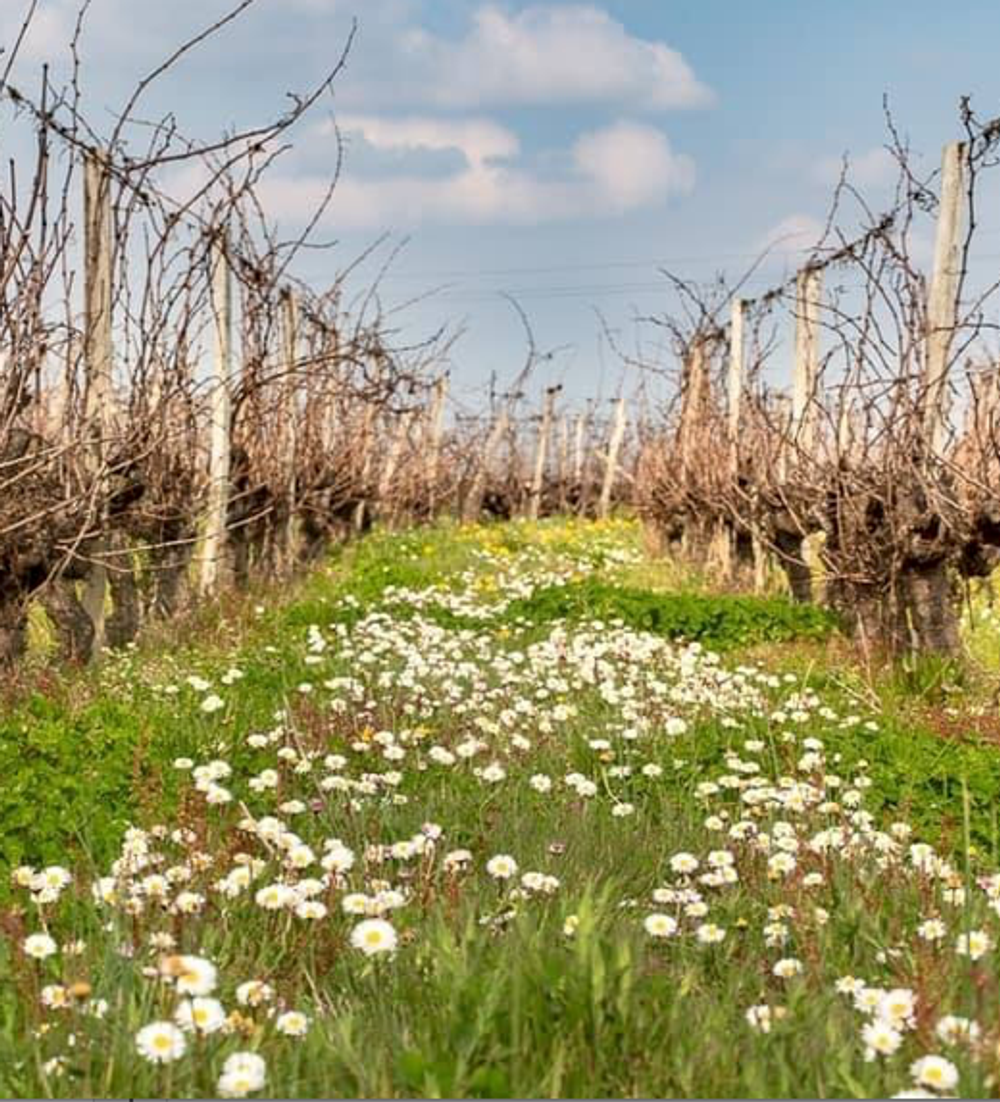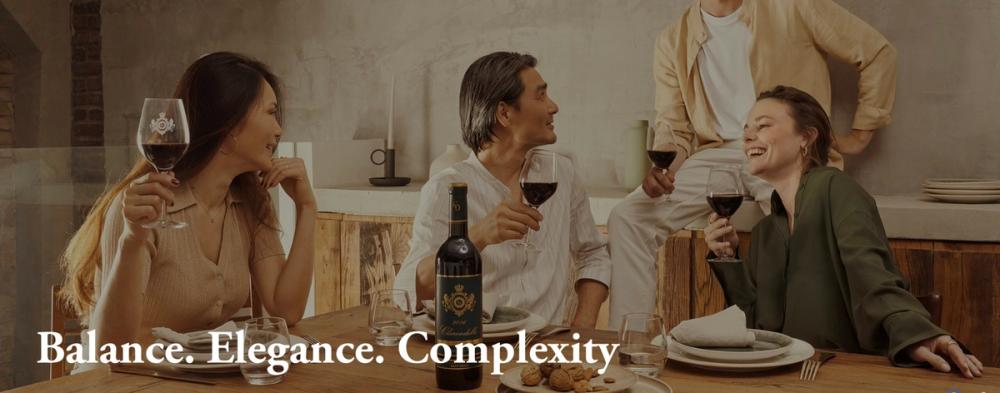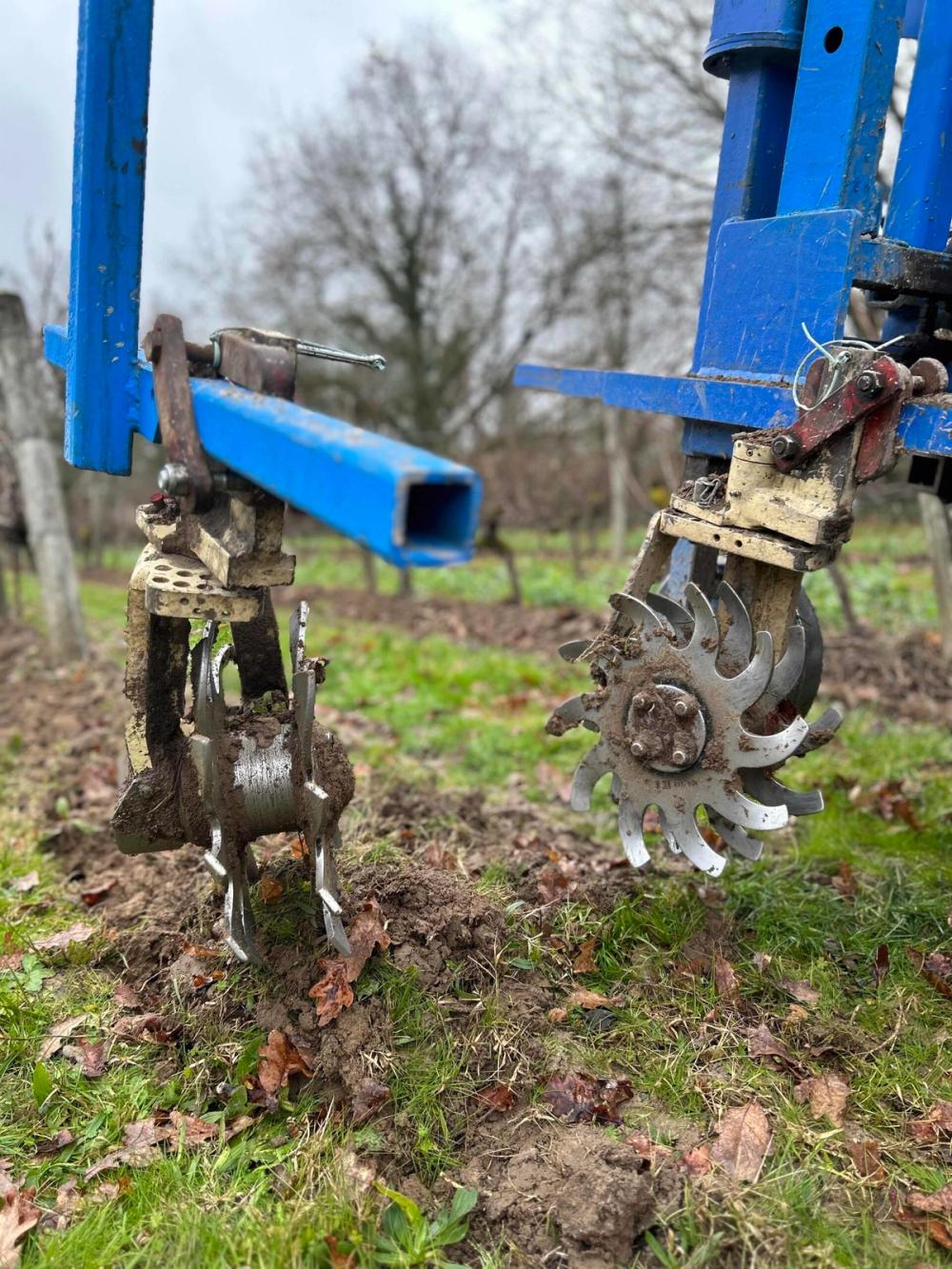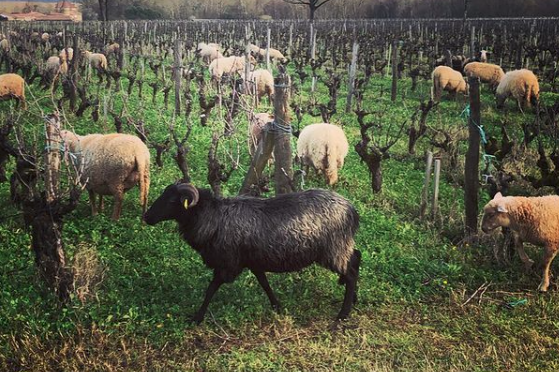Over 400 wine producers, growers and sustainability champions came together in Bordeaux earlier in the year to assess the immediate sustainability challenges facing the wine industry.
Bordeaux, France’s biggest wine appellation is experiencing a climate emergency which is “evolving faster and faster, stronger and stronger” than ever before according to the city’s Mayor Pierre Humric. Dubbed the “green” Mayor, Humric has dedicated much of his career to ecological matters and his stark words rang loud and clear at the recent Sustainable Development of Bordeaux Wines Forum.
Drought, forest fires, late frosts, high winter temperatures are just a few of the symptoms of climate change that Bordeaux is consistently and regularly facing, he says. As the world’s largest UNESCO heritage site and a World Capital of Wine the city is focused on tackling the climatic challenges it faces.

Delegates gather for Sustainable Development of Bordeaux Wines Forum
An auspicious number, this was 13th forum on sustainability hosted at Palais des Congrés close to the city centre. Organised by the Comité Interprofessionel des Vins de Bordeaux (CIVB) this was a stark but optimistic conference that offered both problems and solutions to those who came.
Around 400 winegrowers, wine merchants and scientists together with professional bodies attended, headlined by speakers such as the CIVB’s president, Allan Sichell, and keynote address by Marc-André Sélosse (Paris Natural History Museum). Sélosse’s closing lecture was perhaps one of the most enduring narratives of the day.
Big challenge
The forum highlighted in candid terms the challenge of climate change being faced by the region’s winegrowers and related industries. Since 1985 average temperatures have increased by 1.5 °C pushing the region from ‘temperate’ to ‘warm temperate’ in terms of climate. The key dates of veraison too have shifted forward from three days earlier to what is predicted to be closer to a week in the future.
Sylvain Pellerin, research director for France’s National Institute of Agricultural Research (INRAE) gave a stark warning about what is to be expected for the region if the status quo remains. He put the source of high levels of methane production, carbon dioxide (CO2) and nitrous oxide (N20) largely at the doorstep of agricultural industry. Without change he says and continuing “business as usual” temperatures will increase by the end of the century by up to 4.5 °C.

Bordeaux is looking to lead the world by getting all its growers and producers behind sustainable viticulture and winemaking
Agriculture is considered the victim, he says, but it’s also the perpetrator. There are three aspects to reduce emissions. N2O is responsible for half of agriculture’s emissions and needs to be tackled. Methane production could be collected he suggests and used instead of fossil energy. Using cover crops within vineyards rather than bare soil helps the land to store more carbon. This combined with the addition of using the cultivation of trees through agroforestry and hedgerow planting can produce great opportunities for CO2 absorption reducing greenhouse gases.
Jeanne-Marie Voigt, carbon climate engineer for the CIVB speaking at the conference, put the stark figures in a more relatable context. She says that the production of 1 litre of wine is the equivalent of travelling 400km in a car.
Agriculture can only go so far to help mitigate the issues affecting the changing climate. Other areas highlighted at the conference include the old culprit the hefty glass bottle. With the average bottle weighing around 430 grams both producers and consumers need persuading that lighter bottles are better for the environment. But how low can you go? Breakage seems to be the biggest issue once the glass weight dips under 300 grams. This creates a challenge for scientists and producers alike as quality and a heavier bottle remain synonymous for many a consumer.
Transport also plays a big part in the war against climate change too. French supermarket chain Carrefour have been looking at using more trains than roads to transport wines. They also are using more innovative trucks with hydraulic flooring to incorporate more wine in transit for any given journey.
Sustainability in action
Away from the conference and the theories, stark statistics, and rhetoric there was a chance to see in action some of the positive work being championed by winegrowers on the ground. Men and women eager to adapt to a more sustainable, holistic approach in vineyards and wineries.

Bordeaux’s Clarence Dillon wines is looking to combine sustainability with corporate social responsibility
Bordeaux producer Clarence Dillon wines and its Clarendelle Brand, for example, is proud of its recent corporate social responsibility certification. By paying a premium they say for the juice made by their vignerons there becomes a symbiotic relationship between buyer and producer. Its state-of-the-art warehouse was made from the cement produced by the plant next door, coffee supplied by the local coffee depot. Solar panels adorn the building and oak trees planted on the land are there to encourage biodiversity and hopefully one day truffles. A great place for its 3.5 million bottles to be “resting” before being shipped to consumers.
But how does sustainability display itself on the ground deep in the heart of the Bordeaux vineyards. Take the use of more eco-friendly electric tractors complete with solar panels used in Sauternes by Chateau La Tour Blanche School of viticulture and oenology. Its working on ways to not only reduce vehicle emissions but as a training ground for tomorrow’s viticulturists it is setting the tone for future generations.
Its innovative work with students of the land both embraces both new and old farming practices. La Tour Blanche along with neighbouring appellations have rekindled one of the oldest practices of all, sheep farming. Sébastian Gilly, modern day shepherd and his 250 strong flock cruise the vines in a way that is reminiscent of a preindustrial age.
By allowing sheep to graze for one month within the vines keeps not only the grass in check but the droppings also fertilise the ground, a holistic approach. This practice is reaping rewards not just for Gilly whose sheep are fed but La Tour Blanche whose vineyards are tended without machinery and the emissions they produce. No surprise other winemakers locally are adopting these principles too.
Soils and sustainability
Returning to the conference, perhaps the most enduring images and words came from Marc-André Selosse who spoke passionately about soil and sustainability. He said that “it’s a living creature, mostly invisible as it’s microbial in nature. One gram of soil has millions of bacteria and fungi living within it.” These micro-organisms bring life to the soil. With the use of ploughing these fungi do not survive. He says it breaks the natural system and soil should be seen as a large, connected living organism, the sum of its parts.

Work is being done by producers in Bordeaux to work the soils as sustainably as they can
With these words in mind, it was encouraging to see what work is being done to emulate this mindset through new techniques employed at Chateau de Respide an historic site growing vines under different families since the fourteenth century. Here it plants cover crops like cereals, mustard and radish to aerate the soil so there is no need to plough. It has even adapted its inter-row machine to cover twice the area in one pass. By using this first of its kind double tractor frame it not only kills the weeds but respects the biodiversity of the vineyard
Innovation abounds at Respide as it looks at ways of capturing CO2 from the fermentation tanks. It is hoping one day the gas can be captured and forced through water to carbonate it. Fizzy water can be used to clean the winery more efficiently than still water alone, meaning less water use in the future.
With the passion on the ground from some producers it is hoped that others will follow suit but changing hearts and minds of some winegrowers is an uphill challenge. Introducing cover crops and reducing some intervention practices worries some producers, as in the short-term yield can be lost. But with time Sélosse and winegrowers like Chateau de Respide will hope that the long-term results will speak for themselves. Better quality vines, vineyards and wines in a climate that will hopefully continue to enchant wine lovers of the future but only if change can be realised in time.






























